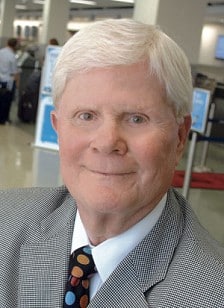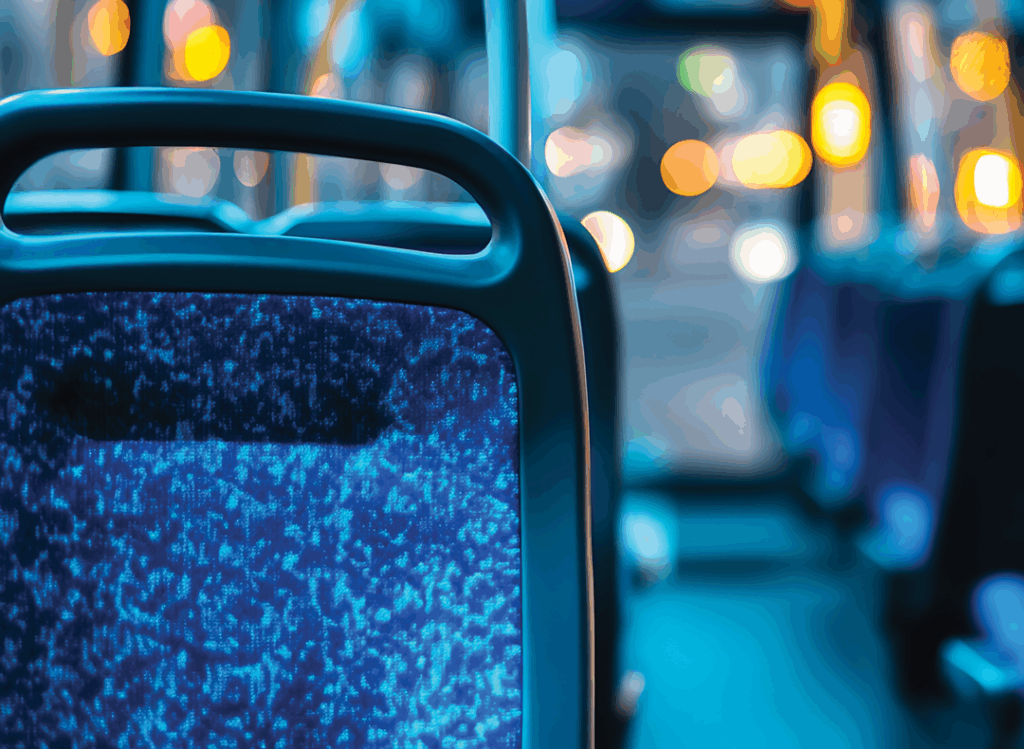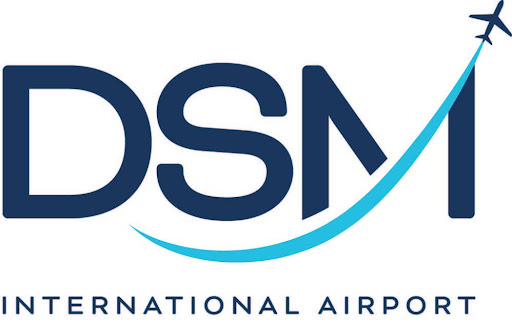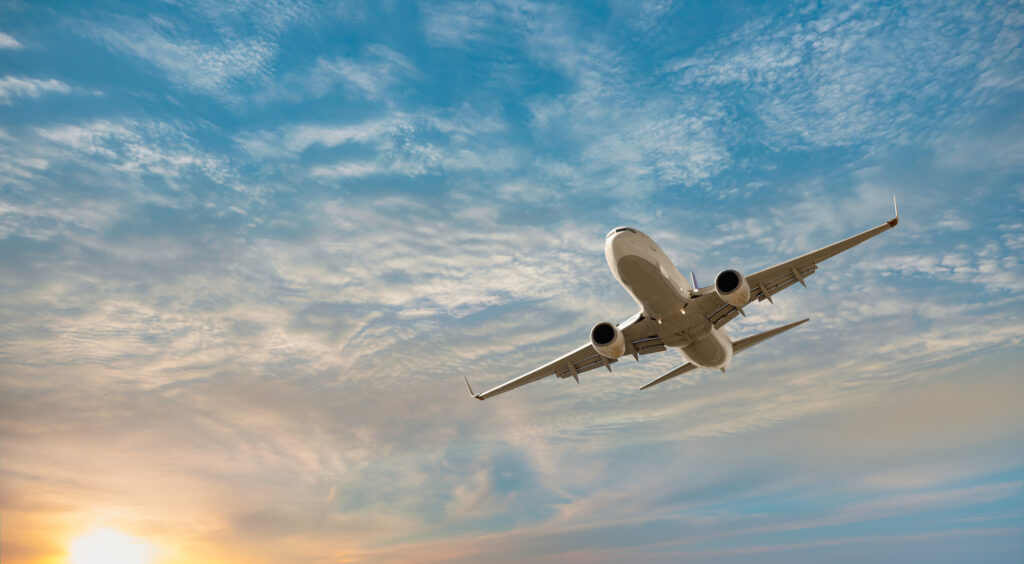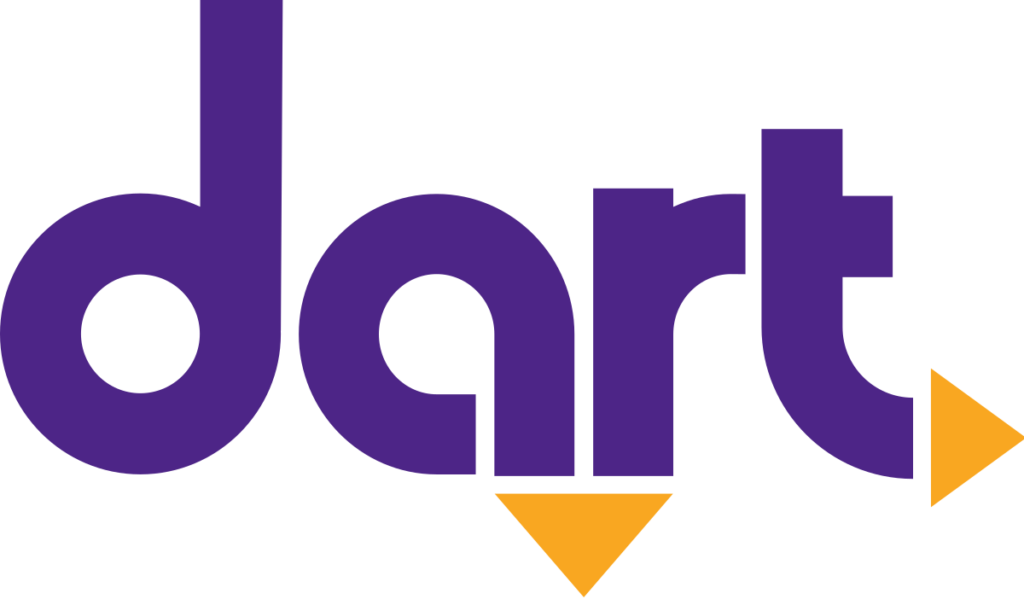Business is soaring at airport
Passenger numbers are up, prices are down after Southwest announced its arrival

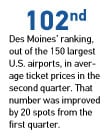
Passenger numbers are up 8.38 percent over last year. Every single month has seen an increase over the same month the previous year; February, March, May and August all had double-digit percentage point growth.
For the year, the airport is on pace to serve more than 2 million passengers for the first time ever.
Des Moines airfares also are becoming more competitive with fares at other airports, according to national comparisons, and fares actually went down during the second quarter of this year, according to federal statistics.
A good Central Iowa economy plays a part in that, says airport Executive Director Don Smithey, but so does the addition of Southwest Airlines Co. The airline began offering flights in and out of Des Moines in late September.
Southwest is well-known for charging lower fares, which tends to increase competition in the markets it serves, leading to decreased fares from other carriers. It’s called the “Southwest Effect.”
In fact, since Southwest announced in January that it would provide service to and from Des Moines, two major indicators of airport health – passenger activity and fares – have responded positively.
“The idea that they were coming and selected this market makes a loud statement,” Smithey said. “It says that the market is good enough. When one of the largest carriers in the U.S. domestic market decides to serve that, that is significant to all the rest of them.”
It’s Smithey’s belief that the passenger numbers being up signals that prices have gone down. Early numbers appear to back him up.
Des Moines International has struggled for years to compete with the fares at airports in Omaha and Kansas City, according to numbers tracked by the Bureau of Transportation Statistics. In 2010, Des Moines had higher average fares even than The Eastern Iowa Airport in Cedar Rapids. Des Moines has also had higher fares than the national average every year since 1993, when the bureau started keeping the statistics.
In 2011, Des Moines had an average itinerary fare of $417.93, which ranked it No. 120 out of 150 of the country’s largest airports. In the first quarter of 2012, Des Moines had an average fare of $433.47, which was No. 122 on the list, compared with the national average price of $378.39.
In the second quarter, after Southwest announced that it would fly into Des Moines, numbers improved. The average fare fell to $424.73; the ranking improved to No. 102. Furthermore, Des Moines’ average fare went down at the same time the national average rose to $393.28.
A rapid improvement is not unusual after Southwest hits the market, Smithey said. As the former director of Omaha’s Eppley Airfield, he’s seen it happen. When Omaha added Southwest service in 1995, the average fare dropped from $328.97 to $250.86 in a year, and dropped to $222.68 the following year.
Fare numbers released by the Bureau of Transportation Statistics lag behind by nearly half a year, so it’s too early to tell if the second-quarter numbers are part of a trend. But anecdotally, Smithey said he is seeing signs that fares are lower than they were last year.
“It’s the perfect economic demand curve,” he said. “We’ve got a good economy here in the Des Moines area, and people are taking advantage of those fares. They no longer have to go somewhere else to get them.”

